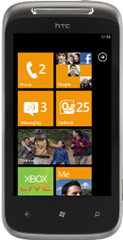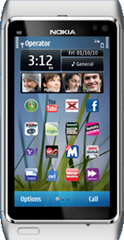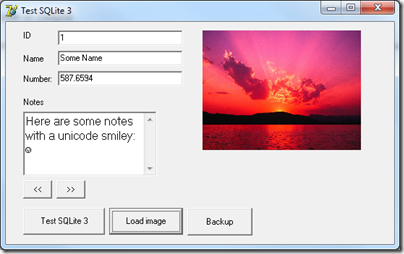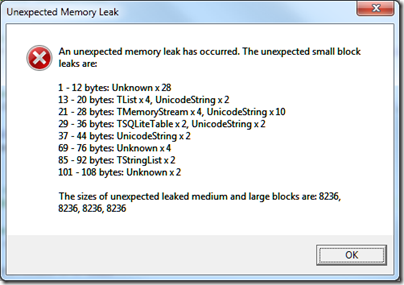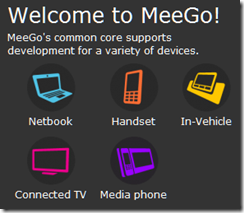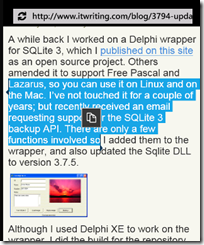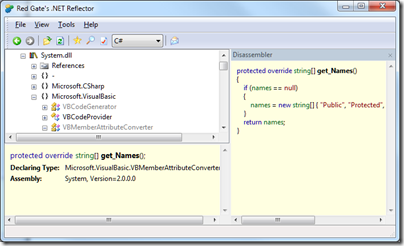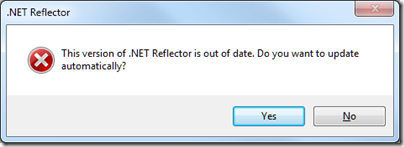Nokia and Microsoft have announced a strategic partnership in which Nokia is to adopt Windows Phone as its “principal smartphone strategy”.
There is a smidgen of uncertainty. The release says “Nokia and Microsoft intend…” Still, I think we should assume it will go ahead.
The key elements of the agreement:
- Nokia adopts Windows Phone for most of its smartphones. The word “principal” leaves space for others.
- Nokia will contribute hardware design, language support, and “help bring Windows Phone to a larger range of price points”.
- Nokia will adopt Bing search and use Microsoft adCenter.
- Nokia Maps will be integrated with Microsoft’s mapping services.
- Nokia’s app store will be integrated with Microsoft Marketplace.
A few observations.
- First, this is what Windows Phone 7 needs. It is a decent mobile OS with potential for excellence, but needs better than the luke-warm support it has received so far from Microsoft’s hardware partners. I have thought in the past that Microsoft needs to make its own hardware, but this deal is better.
- It also plays to Nokia’s strength in mobile hardware design. Recent high-end Nokia devices have had excellent hardware engineering spoilt by poor software.
- Windows Phone 7 already has strong development tools; I have seen comments from developers that the same app takes less time to develop than on Apple’s iOS or Google Android. What it has lacked is a true mass market; this deal has the potential to change that. Windows Phone 7 is invisible in my local town centre, despite the presence of three specialist mobile phone retailers. That has to change for Microsoft’s OS to succeed.
Sounds good, but there are also reasons why this might not work out well.
- Currently Apple iOS and Google Android are the Smartphone operating systems to beat. There is no guarantee that Nokia’s change of direction will move the market. After all, if Nokia’s current Smartphones underperform, its new Windows devices may underperform too.
- A major change of direction is costly in both time and skills. Can Nokia deliver excellent Windows phones in time to claw back market share? In its press release, Nokia says:
Nokia expects 2011 and 2012 to be transition years, as the company invests to build the planned winning ecosystem with Microsoft.
- There is no tablet form factor for Windows Phone 7, and Microsoft seems resistant to the idea. Apple and Android exploit the potential of tablets and give app developers the benefit of two similar platforms for both small and medium size mobile devices.
- Historically, Microsoft has proved a difficult partner. The tie-up with Palm for Windows Mobile a few years back did not save Palm. In mitigation, Nokia CEO Stephen Elop is ex-Microsoft, and if anyone knows how to make this work, he will do.
- Nokia will have a tough job convincing its own people of the value of this deal – by which I mean employees as well as third-party developers and partners. It is discarding a huge amount of previous investment. This could be mitigated if Nokia is able to support Qt, its primary development platform, on Windows Phone 7; but I have not seen any hint of that yet. In my view Windows Phone 7 needs a native code development option, and Nokia should press to allow it.
Nevertheless, the battle for mobile has just become more interesting. This is a huge boost to Microsoft’s phone and many in the industry will now be taking it seriously for the first time.
